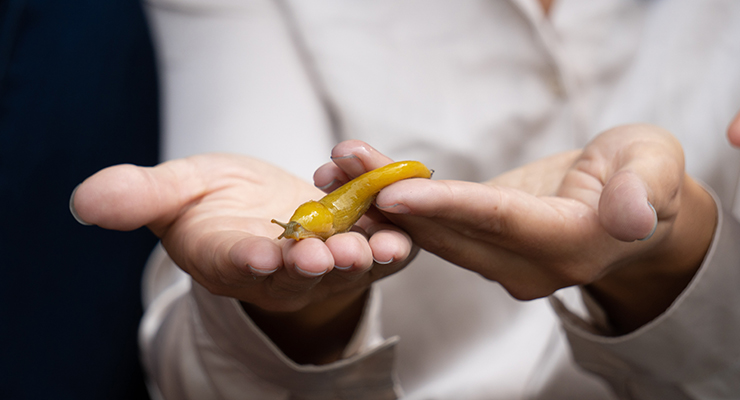Courses
An intensive academic year of classes in science reporting, writing, editing and multimedia
Each student takes a required six-course sequence (fall-winter-spring) in science journalism. Classes meet two days each week. Enrollment in the individual courses is limited to the ten students accepted into the science writing program, creating a warm, collegial atmosphere for our editing workshops.
The sequence introduces students to news, features, investigative reporting, and multimedia. We believe this mixture of traditional and forward-looking courses prepares our students to compete for jobs in an ever-changing journalism industry. Here is our lineup for 2020-21:
Fall quarter: Reporting science news; writing and editing workshop. These courses introduce our former scientists to the foundations of journalism for newspapers, online news sites, and the front sections of magazines, as well as the fundamentals of visual and multimedia journalism. Students cover events, propose and report story ideas, conduct interviews, master AP style, and write in the styles of different science magazines and websites. Editing focuses on overall content, structure, tone, and technical level. Many articles appear in regional and national publications, such as the San Jose Mercury News, Mongabay, Eos, and Science. Visual journalism and multimedia instruction includes photography, social media and video fundamentals.
Winter quarter: Science feature writing; Multimedia reporting and storytelling. Students deepen their journalistic training by conceiving of a narrative magazine feature, proposing it in a query letter, and doing original research and field interviews. Features appear in our annual magazine, Science Notes. In our multimedia classes, students go into the field or labs to record the sights and sounds of science in action, augmenting their Science Notes publications with still photography, podcasts, slideshows, and videos. Some of these stories are also published professionally (see, for instance, this example). They learn the fundamentals of data journalism and using data to construct data visualizations.
Spring quarter: Iinvestigative and policy reporting; podcasting; profiles. In the third quarter of multimedia instruction, students develop a podcast linked to their Science Notes feature. In the concurrent classes, students and explore creative and distinctive forms of science writing through profiles of researchers. Style comes to the fore as the students develop their voices as writers. The investigative stories require students to go beyond research news and explore issues of public policy, political influence, societal ethics, and funding. The writers file public records requests and track down sources using database-driven reporting. Our students have published many of the resulting stories in regional and national publications (see, for instance, this example).

